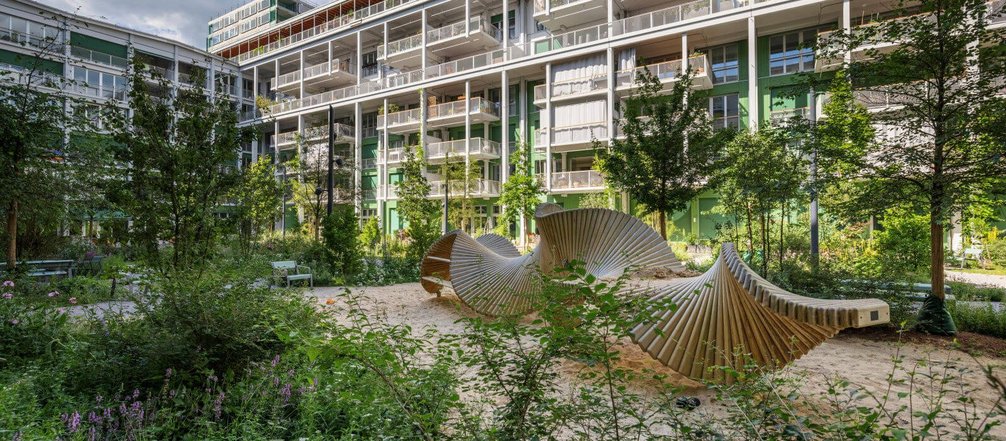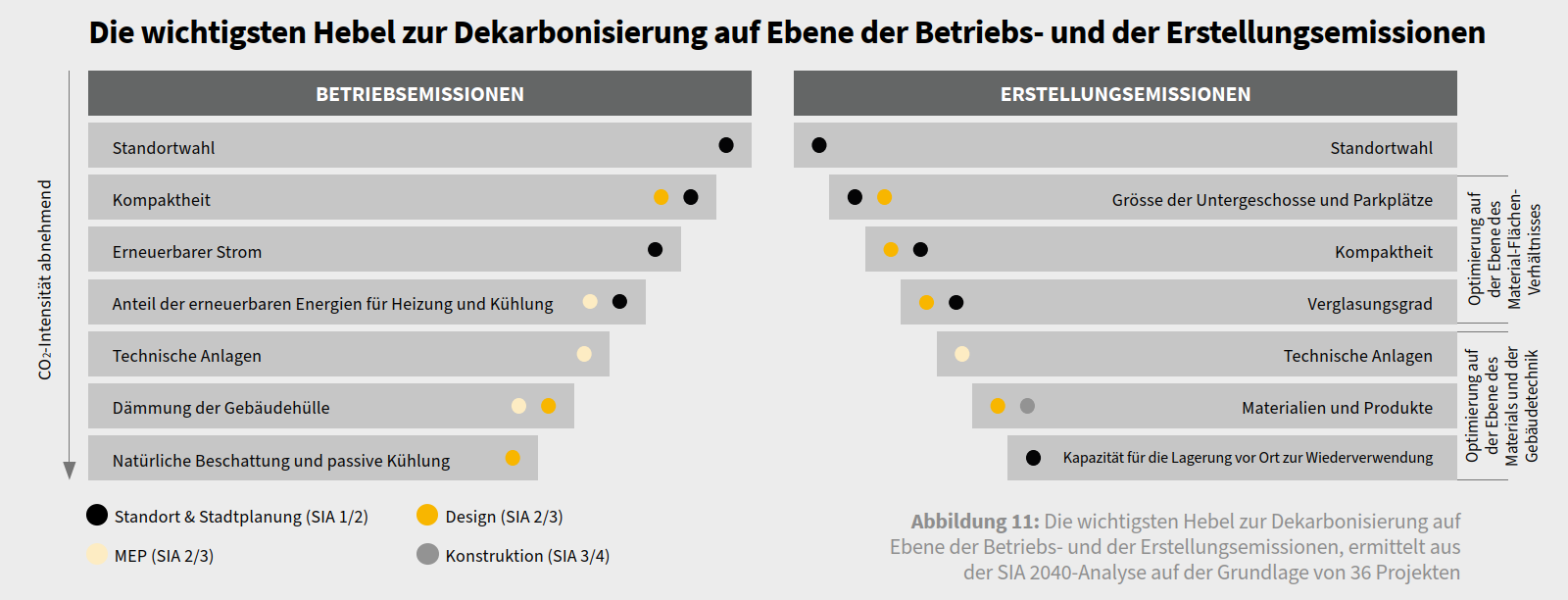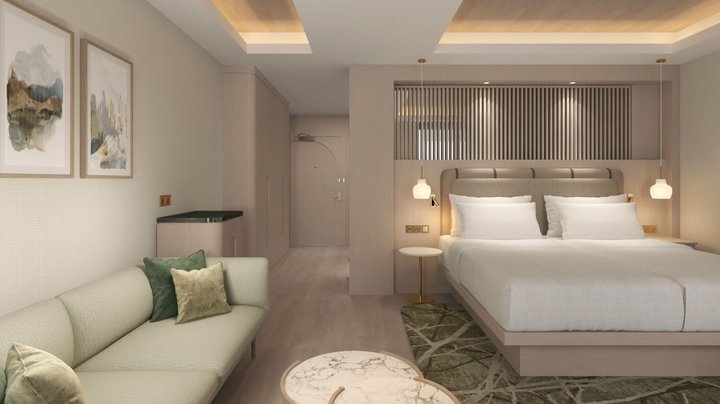The path to CO2-neutral buildings

Why is the "Net Zero" white paper important for Implenia?
The building sector is responsible for 37% of greenhouse gas emissions. As a sustainable real estate developer and as a sustainable company in general, we take responsibility and are committed to a sustainable construction and real estate industry. The white paper makes a contribution to this: It shows levers and recommendations for action for net-zero real estate.
What is net zero real estate?
We defined net-zero for us this way: For a net-zero building, all carbon emissions generated during the construction, operation, and demolition of the building must result in at least a balance of zero, or the excess emissions must be offset by excess on-site renewable energy production or carbon offsets.
Which statements from the "net zero" white paper are particularly noteworthy?
That for new buildings, the construction emissions, i.e., the material-induced emissions are so significant. An analysis of 36 of Implenia's own development projects shows that around two thirds of greenhouse gas emissions are caused by the construction of a building and "only" one third by its operation. In order to achieve net-zero carbon for buildings, therefore, the entire life cycle of a building must be consistently taken into account and a particular focus placed on construction emissions. This fact does not yet seem to have arrived in Swiss politics: For example, the "Climate Protection Act" adopted by the electorate is also limited to operating emissions and neglects construction emissions. Other countries such as Denmark and France are already further ahead in this respect.
The white paper highlights nine levers that can be set in motion on the path to CO2-neutral buildings. What is particularly worth mentioning in this regard?
The biggest levers for influencingCO2 emissions can be found in the early planning stages - such as site selection. For example, the potential for photovoltaic systems, the possibility of placing a geothermal probe or using a district heating network depends on the location. If the quality of the site is low with respect to such factors, it will be difficult to achieve net zero. The cards are shuffled in the early phases. In particular, this also involves the optimized selection of building technology systems and components as well as their materials in order to identify the most efficient options in terms of costs andCO2.

How will Real Estate Switzerland incorporate the findings from the white paper into its activities?
On the one hand, we use the findings to raise awareness of this topic among external target groups such as investors and developers or among employees. In addition, we prepared in-depth presentations for internal addressees such as Real Estate Development or Real Estate Management with the measures and recommendations for action that are important for them. On the other hand, we support our own Real Estate Switzerland development projects by providingCO2 assessment tools- for example for site selection - that can be fed into existing processes as easily and coherently as possible. And last but not least, we are in the process of implementing and using measurement approaches.
What do these measurement approaches look like in concrete terms?
We are currently setting up a controlling tool in the form of a cockpit that shows where a project or project portfoliostands in terms of CO2. To do this, we evaluateCO2 emissions at selected points in the development phases and can thus monitor and control our projects with regard to decarbonization targets. Optimization measures can also be derived in this way. The targets are clear: Implenia Reals Estate Switzerland aims to achieve net zero operating emissions for its own development projects in Switzerland by 2030 and net zero construction emissions by 2040.
To what extent can BIM play a role in achieving these goals?
BIM is the perfect basis for calculatingCO2 emissions. Since BIM provides us with the area data and, depending on the maturity of the BIM model, also the material layers of the different components, we can derive material quantities that we need to calculate thecarbon footprint. In Real Estate Products, we have fully integrated this approach: Here, thanks to a parametric model and our component catalog, we can calculate theCO2 emissions of different design variants at the push of a button. The ultimate goal is an automated survey without additional effort: the architect can incorporate a variant and immediately see the effects at the level ofCO2 emissions. The prerequisite for this is that the BIM model is set up with the relevant information.

"CO2 is an issue that extends over the entire life cycle of a property. Accordingly, it can be influenced at every stage. As an integral construction and real estate service provider, we are ideally positioned to cover the topic from A to Z."
Nicolas Fries, Circular Economy and Innovation Manager at Implenia Real Estate

The white paper "Net zero - the path to CO2-neutral buildings" is based on Thomas Gottschling's bachelor thesis. This in turn is based on an analysis by our sustainability department, which examined 36 of our own development projects in terms of greenhouse gas emissions, as well as external research results and our own experience and findings. The bachelor thesis and the white paper were produced as part of Implenia's Kickbox program on sustainability - under the sponsorship of Marc Lyon, Head Real Estate Development Switzerland. A product that is based on the collaboration of different departments.



